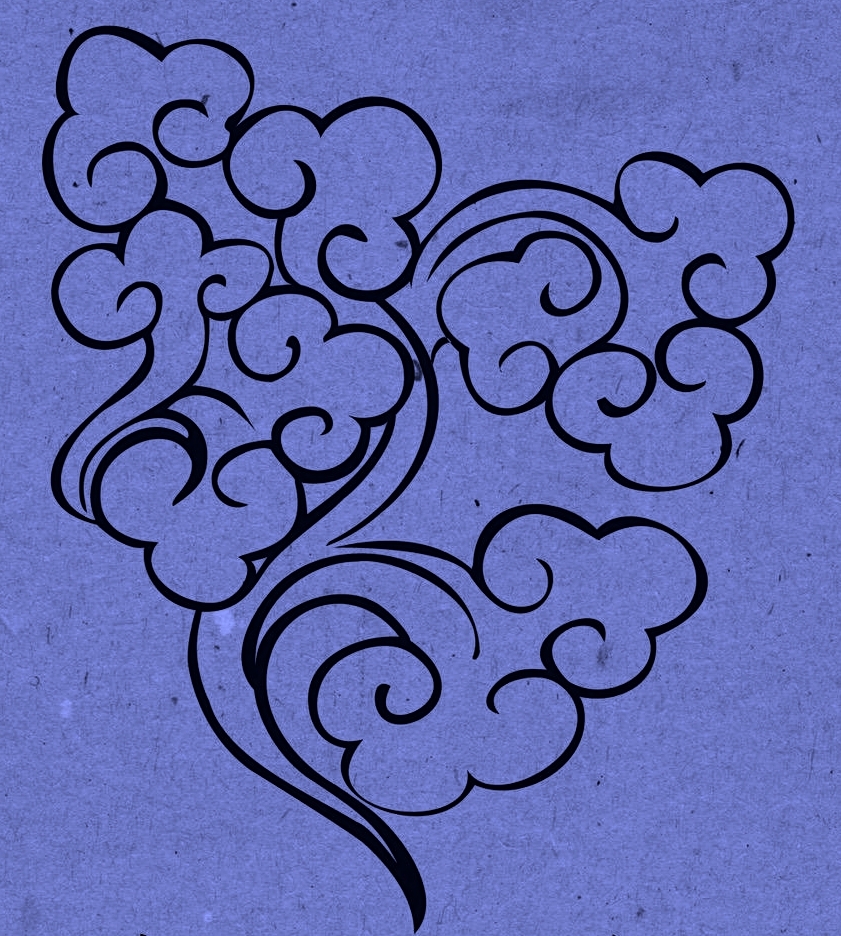“What has happened?” asked one prisoner after another. “You are free, come out! It is over,” cried the voice of a man filming them on his telephone. “Bashar has gone. We have crushed him!”
The dramatic liberation of Saydnaya prison came hours after rebels took the nearby capital Damascus, having sent president Bashar al-Assad fleeing after more than 13 years of civil war.
Freeing all of the prisoners from Saydnaya is harder than it looks, however. The prison is thought to descend several levels underground. Untold numbers of prisoners may still be locked inside them. “There are hundreds, maybe thousands of prisoners held two or three floors underground, behind electronic locks and hermetically-sealed doors,” says Charles Lister, a fellow at the Middle East Institute research group. The White Helmets, a Syrian rescue group, says it is searching for “hidden underground cells”. Since Sunday, their members have been bashing down walls with sledgehammers and iron bars, and using audio sensors and sniffer dogs.
The White Helmets offered a $3,000 reward for anyone who enables them to find the secret lock-ups. It has called on security staff of the former leadership to help, promising not to identify them.
The Syrian Observatory for Human Rights, a group that gathers data about the war, estimated in 2022 that more than 100,000 people have died, many of them under torture, in Assad’s prisons since the civil war erupted in 2011.The group said some 30,000 people were held in Saydnaya, of whom only 6,000 had been released. Amnesty International dubbed the prison a “human slaughterhouse”, recording thousands of executions there. The London-based rights group said the prison was designed to “exterminate” inmates.
Even from far off, they were distinguishable by the marks of their ordeal: maimed by torture, weakened by illness and emaciated by hunger. Some could not speak, even to say their names or where they were from. Others gurgled wordlessly – traumatised, their companions said, by the torture they had suffered. Some of them had been in Saydnaya since the rule of Bashar al-Assad’s father Hafez, which ended over two decades ago. Few of them had any idea where to go now.
Aida Taher, 65, said she was still looking for her brother, who was arrested in 2012. “I ran like crazy” to get to the prison, she said. “But I found out that some of the prisoners were still in the basements. There are three or four floors underground,” she added. “They told me the doors can’t be opened because they don’t have the right codes.” The White Helmets called on victims’ relatives to be patient “and not to dig up the prisons themselves”. It warned that could “lead to material evidence being destroyed that could be essential for revealing facts and supporting efforts to obtain justice”. “We have been oppressed for long enough,” said Aida Taher. “We want our children to come home.”



Reading stuff like this used to make me grateful for living in a place where this doesn’t exist. But, once the orange man is back in power, I fear this sort of thing will be a goal to achieve with the question being how much success they’ll have.
Biden is already doing this to other people.